
Laholm power plant in Halland County was built in 1932 and is 100 per cent owned by Statkraft. The plant has an annual production of 36 GWh.
Country series: Sweden global leader in reducing climate impact
Few countries in the world use more energy per capita than Sweden. Nevertheless, its greenhouse gas emissions are low, thanks to renewables generating a large part of the power consumed. The homeland of climate activist Greta Thunberg aims to be CO2 neutral by 2045.
Sweden's climate law came into force in 2018. Every four years, the government must present a climate policy action plan describing how the country can achieve the climate goals adopted by the Riksdag (the Swedish parliament).
Sweden reduced its greenhouse gas emissions by 33 per cent from 1990 to 2021. According to the action plan, CO2 emissions in 2030 will be reduced by 70 per cent compared with 2010, and the country will be CO2 neutral by 2045.
Already in 2012 the government met its target of 49 per cent renewable share in power consumption by 2020. For the energy sector, the target is to have 100-per-cent renewable power generation by 2040.
Positive population
The independent Climate Change Performance Index (CCPI) ranks the world's countries based on a variety of climate criteria. In 2020 Sweden tops the list again, for the third year in a row.
"Sweden's climate ambitions, including 100-per-cent renewable energy production, go hand in hand with our strategy in Statkraft. There should be great opportunities for more business activities aimed at, for example, electrification of transport through various solutions," says Jakob Norström, CEO of Statkraft Sverige AB and Sweden regional director for Statkraft's Production business area.
"People in Sweden are generally positive towards the transition to electric transport, although the northern part of the country may experience difficulties at first with long distances and the range of electric vehicles. The commitment is there, so the obstacles will be resolved further down the road," he says.
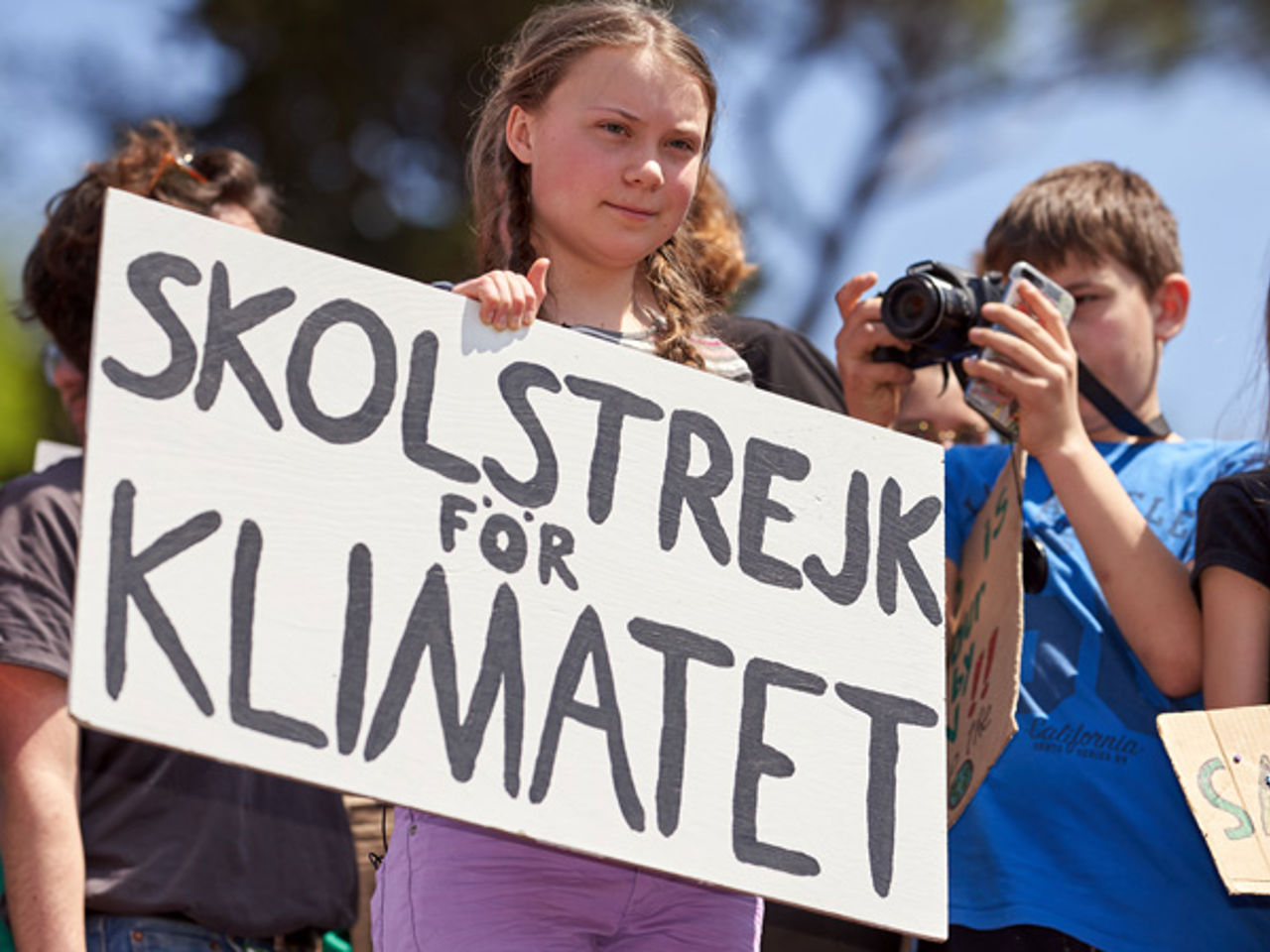
In 2019, Swedish climate activist Greta Thunberg was named 'Woman of the Year' by the Expressen newspaper, 'Person of the Year' by Time Magazine in the US, and was nominated for the Nobel Peace Prize.
Thunberg's Fridays for Future movement has criticised the Swedish government's climate action plan for not being concrete enough.
"Greta Thunberg has in some ways paved the way for public opinion and has become a symbolic figure for Sweden," says Jakob Norström.
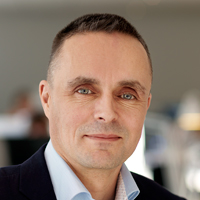
Jakob Norström
Jakob Norström is Statkraft's country manager in Sweden. He is CEO of Statkraft Sverige AB and regional director for Sweden in Statkraft's business area Nordics.
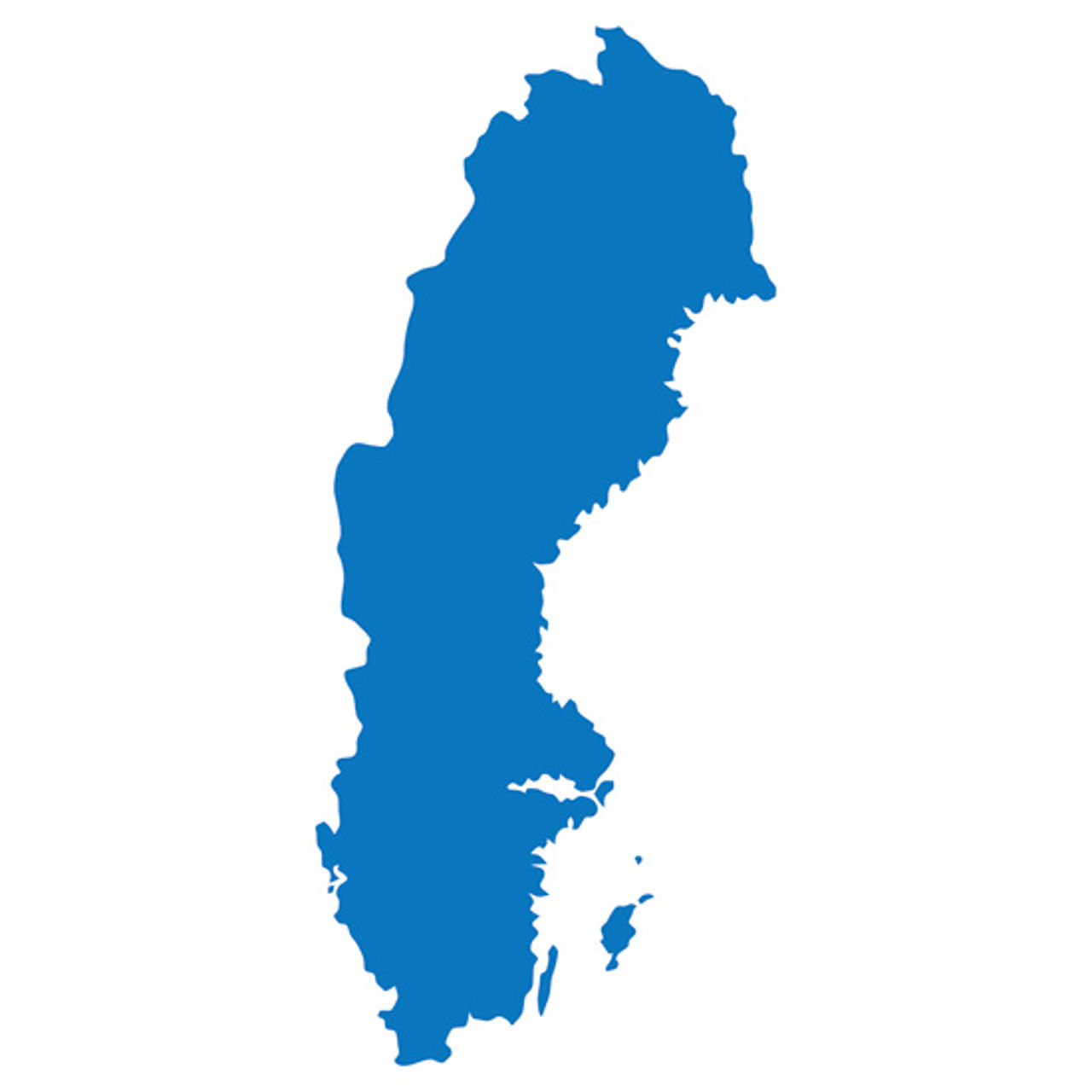
Facts about Sweden
-
Population: 10 million
-
Capital: Stockholm
-
Government: Constitutional monarchy
-
Prime minister: Ulf Kristersson
-
Language: Swedish
Important hydropower
About 80 per cent of electricity production in Sweden today comes from nuclear power and hydropower. Nuclear power is considered a fossil-free but non-renewable energy source. Nuclear power has been hotly debated in Sweden, but the energy authorities believe it entirely possible to reach the zero emission target in 2045 using only renewable energy sources. To reach that goal, they estimate that about 100 TWh of new power generation must be developed.
Hydropower and bioenergy are Sweden's largest renewable sources. Hydropower is mostly used for power generation and bioenergy for heating. Forest covers 63 per cent of the country and is the main source of bioenergy.
Wind power production is increasing year on year in Sweden – between 2000 and 2020 it increased from 0.5 TWh to 27.6 TWh. Wave power and solar power are also on the rise in the country.
More than 2 000 hydropower plants account for about half of Sweden's electricity production. In a normal year, Swedish hydropower plants produce about 65 TWh of electricity.
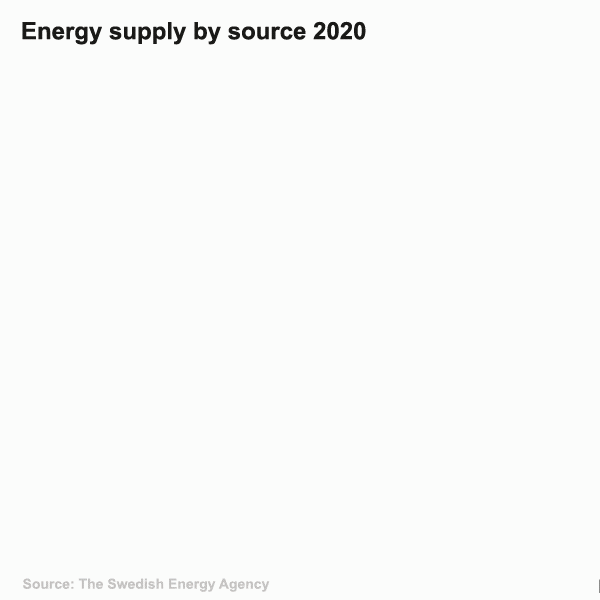
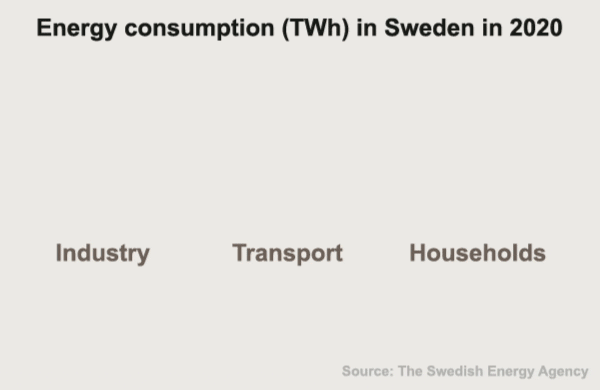
"Hydropower in Sweden has been around for over 100 years and has played a key role in the industrialisation of the country. Hydropower will be an important factor in future climate change adaptations as a regulating power for renewable energy. However, all hydropower production is facing a challenging licence review over the next 20 years. It will be important for the authorities and producers to agree on how the process and the evaluation of environmental and social conditions will be carried out," says Norström.
State support
In 1991 Sweden was one of the first countries in the world to introduce a carbon tax. Sweden has the highest carbon tax in the world, yet the county's gross domestic product has grown by 78 per cent in the same period. Sweden is therefore often cited as an example of how it is possible to reduce greenhouse gas emissions and enjoy economic growth at the same time.
Sweden has also focused on municipal climate measures, with state support for projects such as developing district heating networks and installing heat pumps. All of Sweden's 290 municipalities have their own energy adviser who citizens can contact.
Since 2012, Norway and Sweden have had a common support scheme for renewable power generation called the electricity certificate scheme. Power producers who invest in renewable power generation can receive certificates that can be sold in a market. After 2021 new projects in Norway will not receive certificates, while the Swedes wish to continue the scheme until 2045.
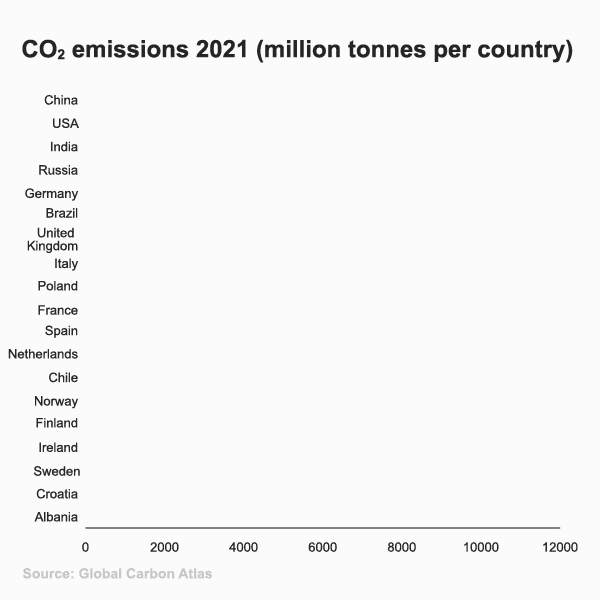
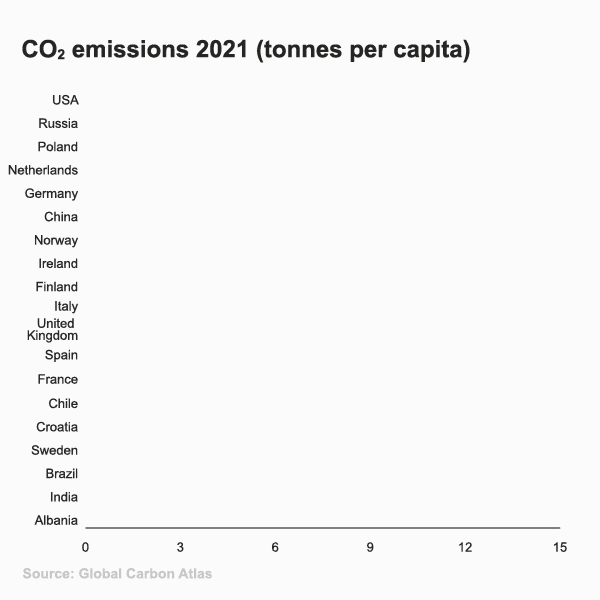
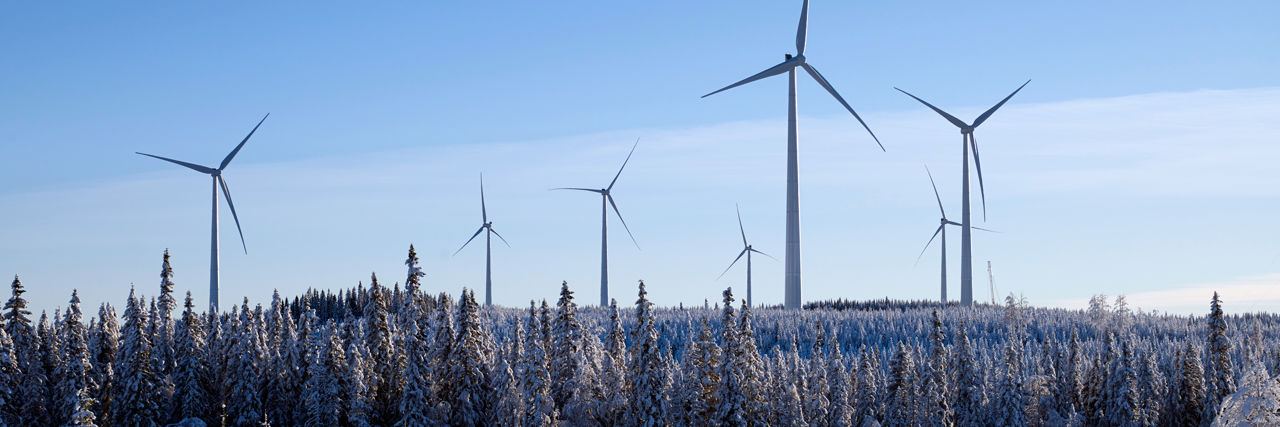
Stamåsen wind farm, located south of Strömsund in the municipalities of Strömsund and Sollefteå in the counties of Jämtland and Västernorrland, was inaugurated in September 2013 and consists of 26 wind turbines. The wind farm is 100 per cent owned by Statkraft.
Statkraft in Sweden
Statkraft is the fourth-largest producer of electric power in Sweden. The company owns and operates 54 hydropower plants, four district heating plants and four large wind farms.
Statkraft Sverige AB and Statkraft Financial Energy are wholly-owned subsidiaries in the Statkraft Group. Statkraft has about 200 employees in Sweden.
Statkraft Sverige AB operates and maintains the 54 hydropower plants and is also involved in planning and managing the catchment area.
Statkraft Financial Energy is licensed by the Swedish Financial Supervisory Authority for power trading and providing portfolio management services to clients.
"We are working to develop and optimise our production to meet new market needs and to be an important part of the climate change adaptation. There will be significant opportunities for new businesses growth; electrification of the transport system and market services are the ones I envisage in the near future, but I also believe we can grow within district heating in Sweden," says Statkraft's country manager Jakob Norström.
Focus on hydrogen
Increased use of electric vehicles powered by battery and fuel cells has been identified by the European Commission as an important step in achieving an emission-free transport sector.
The Nordic Hydrogen Corridor (NHC) aims to establish emission-free transport solutions powered by hydrogen and fuel cells in Sweden. Statkraft has joined the NHC as a partner and has joined Everfuel, Hyundai, Toyota and Vätgas Sweden in the EU-funded hydrogen transport initiative in Sweden.
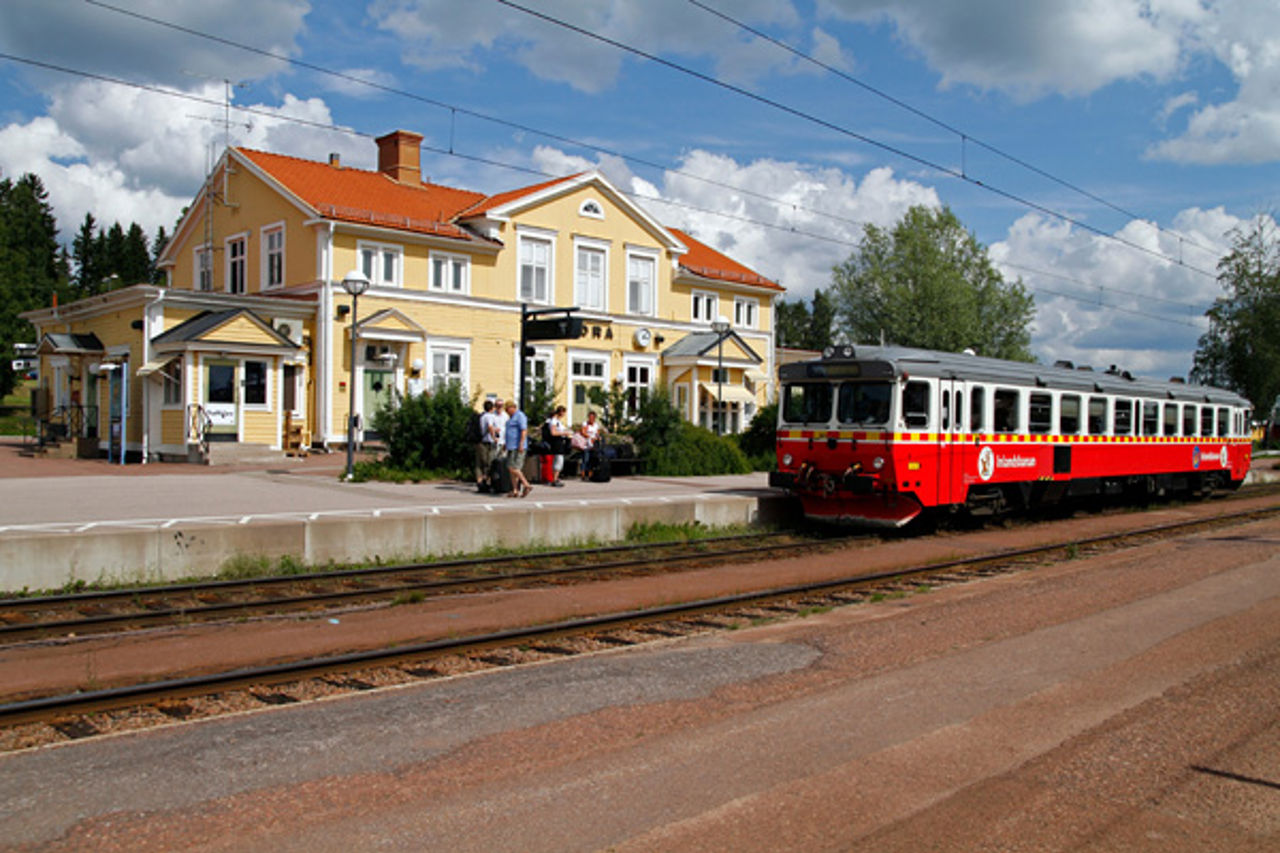
Another hydrogen project in which Statkraft is involved is the Inlandsbanan (Inland Line) railway line between Kristinehamn in the south and Gällivare in the north. In 2020 and 2021, Statkraft, LKAB and Inlandsbanan AB carried out a pilot project to investigate the possibilities for hydrogen-powered freight traffic by rail.
This can pave the way for emission-free transport of heavy goods through half of Sweden – without the need to set up overhead power lines. Freight cars on the Inland Line today are pulled by diesel-powered locomotives.
Other country series articles

Country series: German energy revolution
2017 marked the first year when more power was produced from renewable sources than from coal in the industrial giant Germany. Nuclear power and coal power will be phased out over the next few years,...
Read more

Country series: Sweden global leader in reducing climate impact
Few countries in the world use more energy per capita than Sweden. Nevertheless, its greenhouse gas emissions are low, thanks to renewables generating a large part of the power consumed. The homeland...
Read more

Country series: Albania's hydropower important for the Balkans
Albania can play a key role when the Balkan countries phase out fossil fuels in favour of renewables. Statkraft already operates in Albania, but political risk can put a damper on further growth.
Read more

Country series: Ireland with an ambitious climate action plan
About 40 per cent of Ireland's electricity currently comes from renewable sources, but the country aims to increase this to 70 per cent by 2030.
Read more

Country series: Green ambitions in Spain
Renewable sources accounted for almost 47 per cent of the electricity produced in Spain in 2021. This is the highest share of renewable electricity since measurements began, but short of the Spanish...
Read more

Country series: Resource wealth in Brazil
Brazil is blessed with a wealth of natural resources and one of the world's cleanest power supplies. Large-scale investment in solar and wind power will provide even more renewable power in the years...
Read more

Country series: Ireland with an ambitious climate action plan
About 40 per cent of Ireland's electricity currently comes from renewable sources, but the country aims to increase this to 70 per cent by 2030.
Read more

Country series: United Kingdom, a leader in ambition
The United Kingdom has major ambitions for cutting its greenhouse gas emissions. The goal is to become a zero-emission society by 2050. Getting there will be a taxing process and requires strong poli...
Read more

Country series: Faster progress on renewables in Italy?
With its long coastline, high mountains and sunny Mediterranean islands, Italy should be well placed to increase its production of renewable energy. The challenge is to link power production with co...
Read more

Country series: The United States is still a land of opportunity
Since Statkraft opened an office in the U.S. in 2015, the company's U.S. operations have revolved largely around trading in CO2 allowances and renewable energy certificates. Statkraft is now well posi...
Read more

Country series: Renewables grow fast in Poland
Poland is one of the largest countries in Europe both in terms of energy consumption and energy production, and coal is still the main energy source. At the same time, Poland has the fastest growing...
Read more

Country series: Green visions in France
Nuclear power nation France faces massive changes in the energy sector in the years to come. An ambitious commitment to wind and solar power is one of the measures that will ensure that the climate ...
Read more

Country series: Chile leads the way with commitment to renewable energy
Chile has ambitious climate targets: 70 per cent of the country's electricity will come from renewable sources by 2030, and the country will be carbon neutral by 2050.
Read more